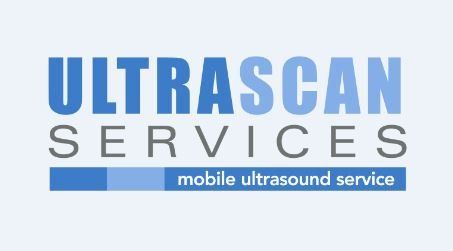General Ultrasound
Ultrasound services
are important in being able to identify any unknown or questionable spots within the underlying tissue and muscle within your body. From finding spots and growths on your organs to making sure your vessels are a healthy shape and size, the ultrasound experts at Ultrascan Services
provide general ultrasound services that can view the inside of your body without invasive surgery.
Arterial & Venous Profile:
The procedure is an alternative to arteriography and venography. May help to diagnose a blood clot, or venous insufficiency, arterial
occlusion “closing”, ulceration, varicose veins, chronic DVT, edema.
Carotid Duplex:
The test assesses blood flow and is used to detect stenotic “hardening”, thrombotic, “ clots “, and occlusive disease in which the arteries are
closed.
Echocardiography:
The procedure is performed to evaluate the valves and chambers of the heart in a noninvasive
manner, to aid the diagnosis of cardiomyopathies, to detect atrial tumors orpericardial effusions abnormal fluid collection around the heart, or to evaluate cardiac wall motion and function after a heart attack. Additionally, spectral Doppler and Color Flow Doppler allow to determinate various degree of heart valves regurgitation.
Full Upper Abdomen:
The procedure is performed to evaluate liver anatomy and physiology, diffuse liver disease and focal lesions and portal hypertension, and retroperitoneum, aorta, IVC, iliac. Also evaluates biliary tree and pancreas, cholecystitis and gallbladder carcinoma, biliary obstruction, pancreas anatomy, physiology, pancreatitis, pancreas carcinoma. Renal anatomy and physiology, renal variants, parenchymal renal disease and CRF, benign focal lesions of the kidneys, renal carcinoma and metastasis. In addition we diagnose for splenomegaly, portal hypertension as in cirrhosis. Budd Chiari syndrome, hematologic diseases myelofibrosis, lymphoma, splenic trauma. The reason for this test depends on your symptoms and the body system being examined.
Small Parts:
Thyroid examination performs to rule out and to differentiate between a cyst (an abnormal sac containing a fluid, gas, or semisolid substance) and a tumor (abnormal tissue growth which may or may not be cancerous, goiter, thyroid mass.
Lower Abdominal:
Prostate examination is used to detect a benign prostatic hyperplasia, lesions, and prostate carcinoma. Scrotum & testicles procedure detects epididymitis, orchitis, hydrocele, varicocele, spermatocele, epididymal cyst, cryptorchidism, or undescended testicle (s), testicular torsion, and seminoma. Urinary bladder the procedure is most commonly used torule out ureterocele, systitis, bladder polyp, bladder diverticulum, bladder stone, and transitional cell carcinoma. Pelvic the procedure is used to diagnose palpable pelvic mass (to determine solid cystic, mixed), location of lost IUD, pelvic infection and post-surgical complication.
Our Portable Ultrasound Services Allow Us To Go Where We Are needed
Our mobile ultrasound services allow us to come to where you are most comfortable, whether you wish us to visit you in your own home or your doctor wants a seamless transition to include your ultrasound in your appointment, we can go wherever we are needed.
We can visit doctor’s offices, clinics, hospitals, senior facilities, and anywhere else that we are needed to do the ultrasounds. Due to the efficiency of our mobile ultrasound services, you can get treated and get results at a faster turnaround time on dictation. We strive to get your results within a week or even earlier if the need is urgent. Contact our office in Los Angeles, CA
at (323) 954-8131
today!


